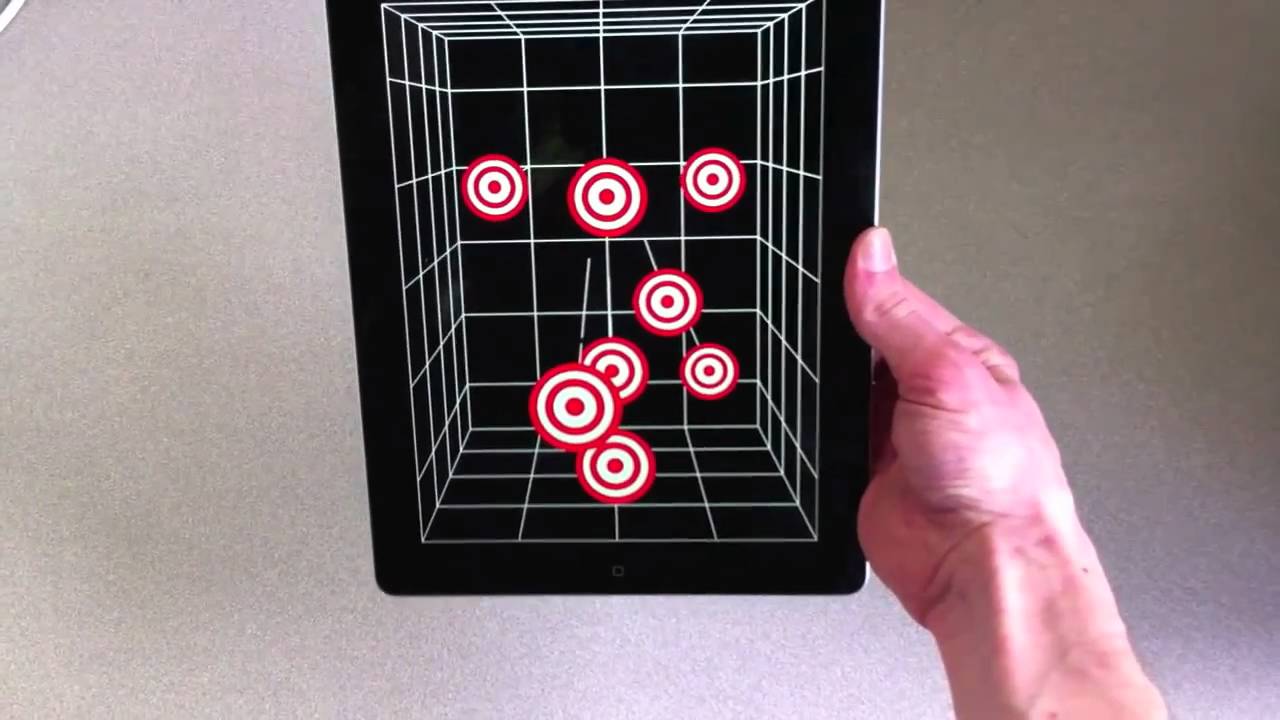Archive for the ‘electronics’ category: Page 71
Nov 3, 2016
Magnetic ink brings printable and self-healing electronics together
Posted by Shane Hinshaw in categories: electronics, materials

Engineers from the University of California, San Diego have brought together a couple of nascent technologies that could result in inexpensive and long-lasting electronic devices. The team created a magnetic ink that can print a variety of self-healing components.
The ink is loaded with inexpensive microparticles made of neodymium that are magnetically oriented in such a way that if the material rips, each side of the tear is attracted to the other. This allows components printed with the ink to self-repair tears as wide as 3 mm, which the researchers claim is a new record.
Continue reading “Magnetic ink brings printable and self-healing electronics together” »
Oct 27, 2016
Mevo: The first camera to stream to facebook live
Posted by Elmar Arunov in category: electronics
Oct 19, 2016
The Bioservo or Soft Extra Muscles (SEM) glove mimics the human hand
Posted by Shane Hinshaw in category: electronics

By using artificial tendons, motors and sensors for added muscle strength. The Swedish company is partnering with GM-NASA to develop a glove to be used in manufacturing and other industrial applications. Video provided by Reuters.
Oct 18, 2016
A non-toxic, high-quality surface treatment for organic field-effect transistors
Posted by Karen Hurst in categories: computing, electronics
In a development beneficial for both industry and environment, UC Santa Barbara researchers have created a high-quality coating for organic electronics that promises to decrease processing time as well as energy requirements.
“It’s faster, and it’s nontoxic,” said Kollbe Ahn, a research faculty member at UCSB’s Marine Science Institute and corresponding author of a paper published in Nano Letters (“Molecularly Smooth Self-Assembled Monolayer for High-Mobility Organic Field-Effect Transistors”).

Oct 9, 2016
Panasonic reveals the ‘invisible’ TV: Prototype OLED screen turns into transparent glass when not in use
Posted by Shailesh Prasad in category: electronics
Oct 7, 2016
Panasonic just unveiled a new invisible television
Posted by Shane Hinshaw in categories: electronics, futurism

Since the arrival of flat-screen TVs, there’s not been a whole lot to get excited about in the world of televisions — how many ways can you improve on a big slab of glass, after all? Well, how about by making it almost invisible when you’re not using it?
That’s the thinking behind a new prototype from Panasonic that’s just been shown off at the CEATEC electronics expo in Japan this week. When switched on, it’s just like a normal TV. When switched off, it’s as transparent as glass, meaning you can see the wall or shelving behind.
Continue reading “Panasonic just unveiled a new invisible television” »
Oct 6, 2016
Panasonic unveils TV which ‘disappears’ — turning into a pane of glass when you switch off
Posted by Dan Kummer in category: electronics
I said on here the other day about TV’s that would turn into windows.
Panasonic showed off a prototype version at the CES technology conference this year, but it used LED technology, and the screen was so dim it had to be underlit to work.
The new version is bright and clear — coming to life with the press of a button or the wave of a hand.
Sep 12, 2016
Auroras Seen Moving to the Rhythm of Earth’s Magnetic Field
Posted by Karen Hurst in categories: electronics, satellites
The majestic auroras have captivated humans for thousands of years, but their nature – the fact that the lights are electromagnetic and respond to solar activity – was only realized in the last 150 years. Thanks to coordinated multi-satellite observations and a worldwide network of magnetic sensors and cameras, close study of auroras has become possible over recent decades. Yet, auroras continue to mystify, dancing far above the ground to some, thus far, undetected rhythm.
Using data from NASA’s Time History of Events and Macroscale Interactions during Substorms, or THEMIS, scientists have observed Earth’s vibrating magnetic field in relation to the northern lights dancing in the night sky over Canada. THEMIS is a five-spacecraft mission dedicated to understanding the processes behind auroras, which erupt across the sky in response to changes in Earth’s magnetic environment, called the magnetosphere.
These aurora images were taken in 2013 from the ground looking up with a network of all-sky cameras spread across Canada, studying auroras in collaboration with THEMIS. Taking images of aurora from the ground in conjunction with satellite data taken from above the atmosphere gives scientists a more comprehensive picture of how and why auroras form.
Continue reading “Auroras Seen Moving to the Rhythm of Earth’s Magnetic Field” »
Sep 8, 2016
INGLES: China says it has stealth-defeating quantum radar
Posted by Karen Hurst in categories: electronics, quantum physics
Hmmmm.
Read more China receives first data from unique ‘hack-proof’ quantum satellite The first Chinese quantum radar was developed by the Intelligent Perception Technology Laboratory of the 14th Institute in CETC, according to Xinhua news agency. CETC stands for Electronics Technology Group Corporation, a defense and electronics firm.
The radar was tested in mid-August, Xinhua said in a Thursday report.
Continue reading “INGLES: China says it has stealth-defeating quantum radar” »













